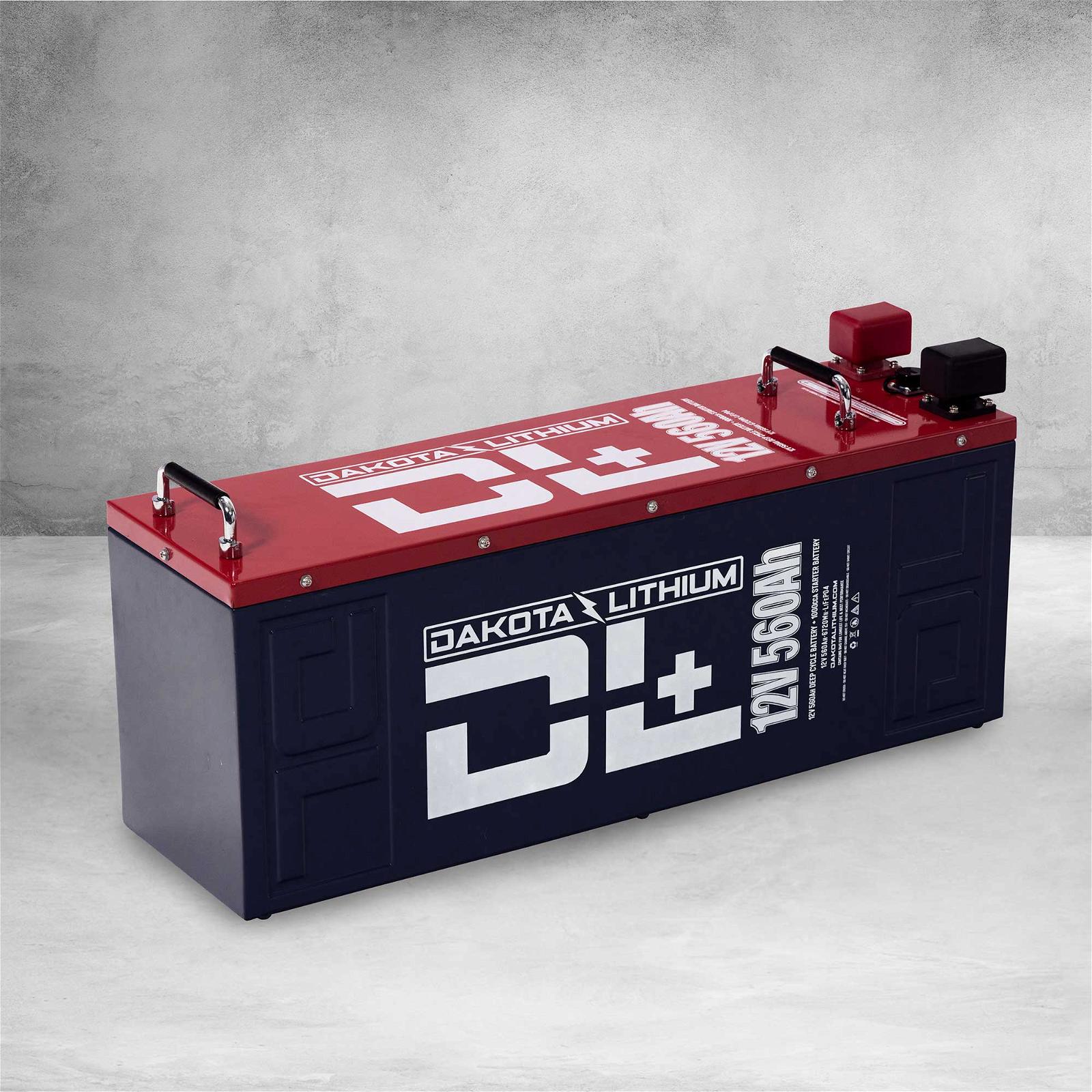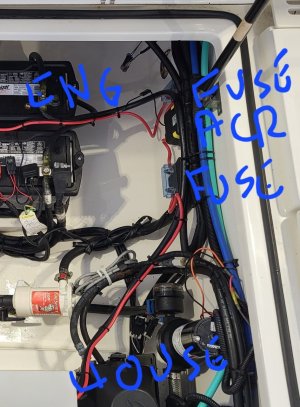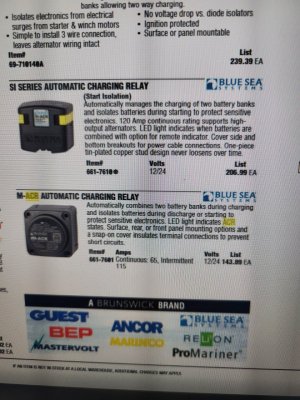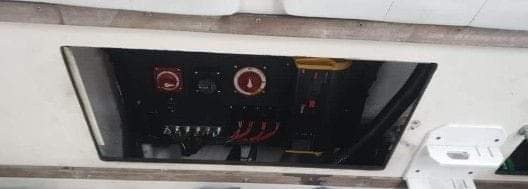Skins88
Well-Known Member
So I just had my 05 225 yamahas pulled off my boat and replaced with 12 250 verados. I have 2 starter batteries and 2 house batteries on the boat. With the yamahas everything charged fine. I've found that the house batteries won't charge after the swap. I'm told the yamahas were capable of charging two separate banks of batteries but the mercs can't. It's being suggested that a couple relays will need to be added etc to make the mercs charge everything. This sound correct? Looking at $2500 for the rewire.





